Here at IWT, we are big believers in working from home. In fact, our entire company works remotely.
That’s why I wrote an entire free Ultimate Guide to Working From Home to help anyone who wants to work remotely:
- Convince their boss to let them telecommute
- Find a new work from home job (and get hired for it)
- Start freelancing online on the side (or go full-time doing it)
- Or start an online business that allows them to work anywhere in the world
This blog post covers a lot of the most important points, but I dive much deeper in my Ultimate Guide to Working From Home, so make sure you grab the free PDF.
Let’s get started.
How to get started working from home
Imagine this scenario 6 months from now:
You stroll into your boss’s office one morning and hand over your two weeks’ notice.
But he says, “Wait, we’ll bump your salary 20% AND give you a corner office.”
“Sorry, I can’t do it,” you tell him.
“25% more?”
Nope.
“I’m flattered by the offer, but I’m going to have to pass,” you say.
And of course, you found a new job that offers benefits that you can’t put a price on.
The freedom from commutes and evening runs to the dry cleaner. The choice to live wherever you want. And the flexibility to control your own hours.
You’re going to be working from home.
This isn’t something that “other people” do. Forbes reported that one in five Americans now work from home. And that number is expected to rise in the next few years.
Who are these lucky folks who get to work from home?
- They’re people on payroll with a company — everyone from assistants to managers and even executives
- They’re freelancers with skills that are in high demand
- And they’re business owners who make tens, or even hundreds of thousands of dollars a year with nothing but a laptop and internet connection
They’re the new class of professionals who define success as doing what you want, from wherever you want, and on your own terms.
But it’s not all about lifestyle. It can be a great move for everyone involved.
I’ve put together this blog post to explore all the options you have, and what it takes to pull them off.
I’ll even show you the technology, tools, and skills you’ll need so that nobody will even realize you’ve left the building.
Who am I?

I’m Ramit Sethi, the New York Times best-selling author and founder of GrowthLab and I Will Teach You To Be Rich — a business that I grew from a dorm-room blog into a multimillion-dollar online business with over 30,000 paying customers around the world.
One of my personal philosophies has always been flexibility. I love going to the gym in the middle of the day when it’s not crowded. And I love meeting up with friends for a long lunch whenever they’re in New York.
So when I started to hire employees, I wanted to give them the flexibility to work from home, on their own schedule, from wherever they are in the world.
In fact, one of my employees wanted to move to Paris, and we supported it 100%.
Not setting up a central command center and letting my employees work from home has been one of the best decisions I’ve made.
Not only is everyone happier and more productive, but we also get to recruit people who are the best at what they do since we’re not limited to geography.
I’m thrilled to share everything with you today.
4 Essential Skills For Working From Home
Anyone who ever tells people they work from home will often hear, “Wow! I could never do that.” And it’s true, it takes discipline to get up, log in to your computer, and work when nobody is standing over your shoulder and directing you. Distractions attempt to grab you from every direction.
The La-Z-Boy recliner you thought would be awesome to type your weekly reports from becomes a sinkhole for your productivity.
And once word gets out that you’re home all the time, friends and family start to ask if you “could do them a favor in the middle of the day.”
Which is why, if you want to successfully work from home and maintain a healthy work-life balance, you need to declare war on distractions.
In this section, I want to talk about the 4 skills you need to consistently produce great work no matter what industry you’re in.
Remote Work Essential Skill #1: Master working in short bursts
Working from home means that nobody is looking over your shoulder anymore. You don’t have to pull up a random Excel spreadsheet whenever someone walks by to make it look like you’re working and not checking Facebook.
As long as you get your work done, you can free up time to tend to other things. Heck, my team can walk their dogs and pick their kids up from school without asking anyone for permission. Because I know they’re on top of their work.
The best way to be productive is to work in short sprints — not long, drawn-out marathon sessions.
My friend Chris Yeh is a Harvard MBA. He works a demanding full-time job, teaches at Stanford, writes for various publications, advises startups, and still manages to make time for his family.
Did you get tired just from reading that? Watch and learn how he pulls it off with the Pomodoro Technique.
Remote Work Essential Skill #2: Stick to project deadlines and due dates
According to my friend and bestselling author Tim Ferriss:
“Most people fail at new year resolutions because there is no consequence. If you don’t go to work, you’ll lose your job. But if you don’t stick to your diet, there’s no consequence — other than staying fat.”
The solution to finish everything you start?
Hold yourself accountable.
Tim’s favorite way of doing this is by using a website called stickK.
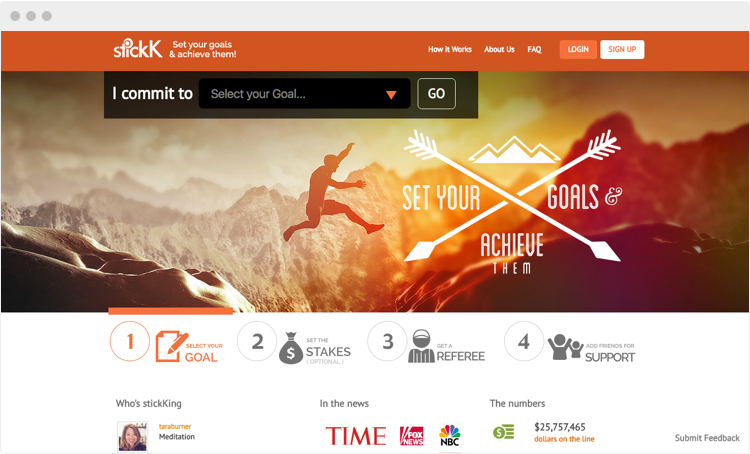
Once you sign up, you can make a commitment contract: “I will nail the project deadline.” Then, if you don’t, stickK will take your money and donate it to a charity you despise.
You can also invite friends or coworkers to referee your progress and make things more fun.
This is a great way to stay on track for work projects when the living room recliner is calling your name for nap time.
Remote Work Essential Skill #3: Make small changes for massive results
It’s much harder to shut down for the day when your “office” is where you live. There’s no night-time cleaning crew that comes to empty out the trash to signal that you’ve been burning the midnight oil.
You have to decide when to call it quits for the day. Because sooner or later, trying to jam in another task at the end of the day can rob you of your sanity.
Which is why it’s important to make stepping away from your desk a regular habit. Whether it’s a short walk, a trip to the gym, or taking an afternoon yoga class, exercise can help keep your mind sharp when you work from home. It also helps you strike the perfect work-life balance.
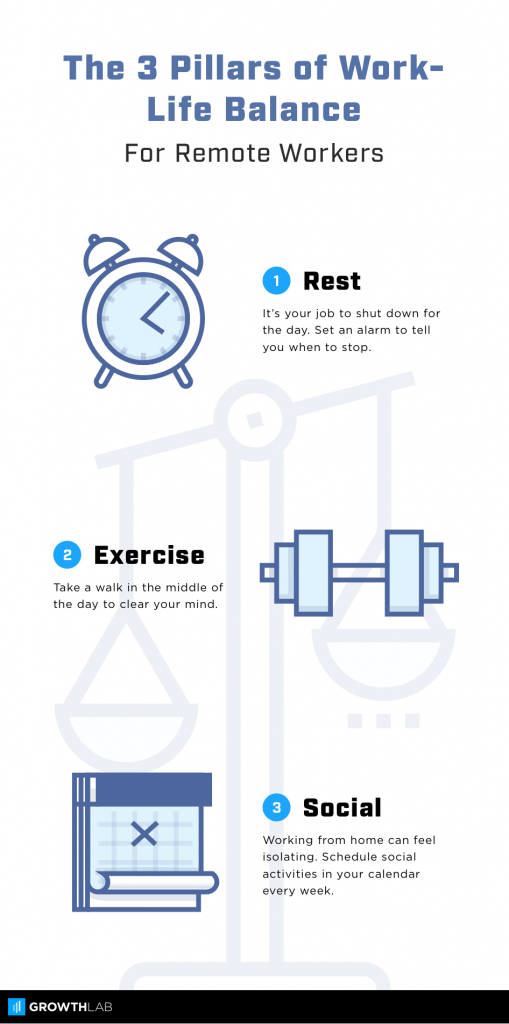
Charles Duhigg, the author of The Power of Habit, built a healthy eating habit while working for The New York Times. His approach was unconventional in that it started with chocolate.
Yes, you read that correctly. Chocolate triggers reward centers in your brain and makes you want to do things you normally procrastinate on.
And you can use the same exact principle to make exercise a habit. Watch the video below to see how you can put it into action as you work from home.
Remote Work Essential Skill #4: Manage your emails
Email is a great tool. But it can suck up the most productive hours of your day if you’re not careful. And once you start working from home, you’ll get more and more messages since people can’t stop by your desk to ask questions.
Some of them will be urgent and important, most of them won’t be. It’s your job to make the call. Luckily, since I get thousands of emails a day — and yes, I read all of them — I can give you some advice.
HOW TO PUT YOUR EMAIL ON AUTOPILOT
My goal is to not answer emails. Instead, I think of email as a tool.
This is where so many Inbox Zero people go wrong. The goal is not zero emails in your inbox — it’s actually getting the right things done.
I don’t give a damn if I end the day with zero unread emails or 350. I only care about getting the right things done.
One of the ways I do that is to stop waiting on responses, and instead systematize follow-ups so I don’t have to remember to do them.
For example, if I send an email about a project but I can’t proceed until I get a response from somebody else, I need to make sure I stay on top of it.
So I use SaneBox to automatically remind when I need to send a follow-up email.
It looks like this:
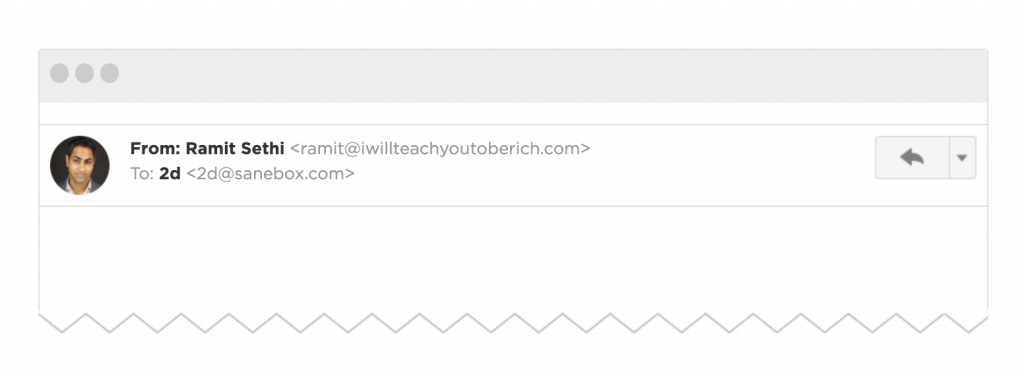
An example of using SaneBox to send me a reminder to follow up in 2 days.
I also use it to automatically elevate important emails to the top of my inbox. Others get de-emphasized and I can read them later.
THE EXACT SCRIPT TO SET UP A MEETING AND MINIMIZE BACK AND FORTH EMAILS
Talking on the phone to set up meetings only takes a few seconds. But if you use that same conversation framework on email, you’ll create a long thread of messages, waste time, and be a nuisance for everyone involved.
There’s a better way.
I like to have canned scripts for the most common situations I’ll encounter. That way, I can read an email, mentally categorize it, and reach into my vault of scripts to select the best response.
Here’s one I use to set up meetings that saves me hours of back and forth every year.
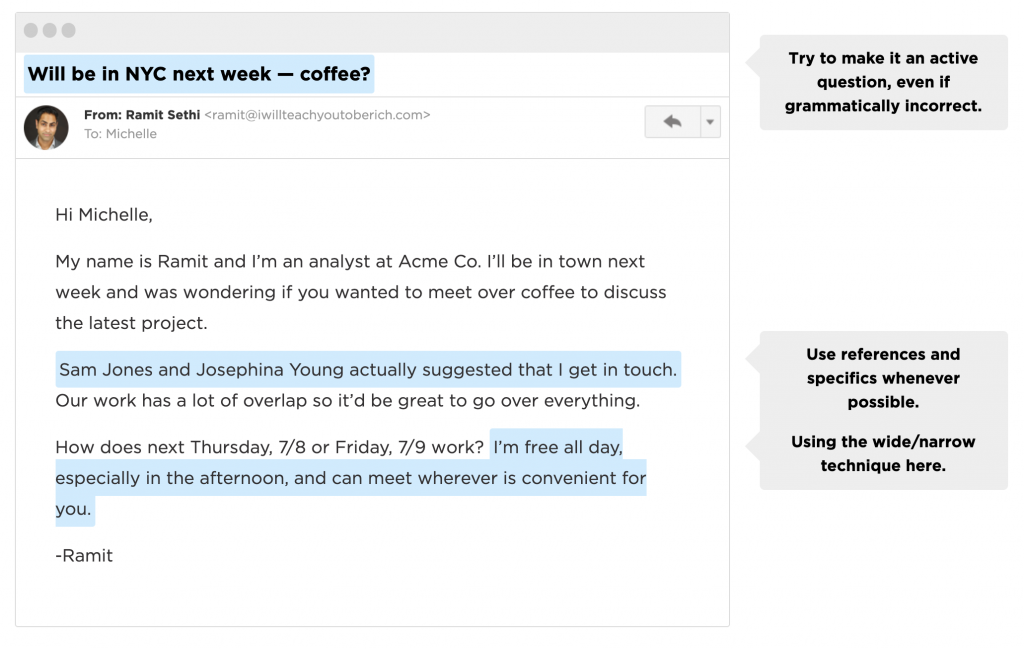
How to convince your boss to let you work from home
Your current job might be the best way to embark on your new telecommuting lifestyle. Even if it’s not a common practice at your company.
But you can’t just stand up on your desk one Friday afternoon and declare, “From now on, I will work from home!”
Everyone will think you’re a weirdo, and building security will usher you out of the office.
The key is this: If you’re great at what you do, you have A LOT more leverage than you think.
To put everything into perspective, you’re not just a body they hired. They had to screen hundreds of resumes, conduct 30+ phone interviews, and then invite a handful of people to meet in person.
Many people forget this.
So if your manager gives you a glowing performance review, it’s the perfect time to bring up the idea of a work-from-home job.
Don’t give any ultimatums. That can lead to confrontation, which never works out well.
Instead, offer to do it on a trial basis. You can use what I call the ARMS techniques to make it easy to get your boss’s stamp of approval.
Those four letters stand for:
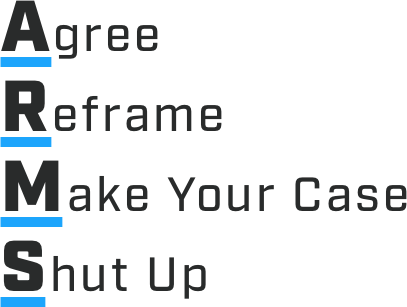
Here’s how it works in action:
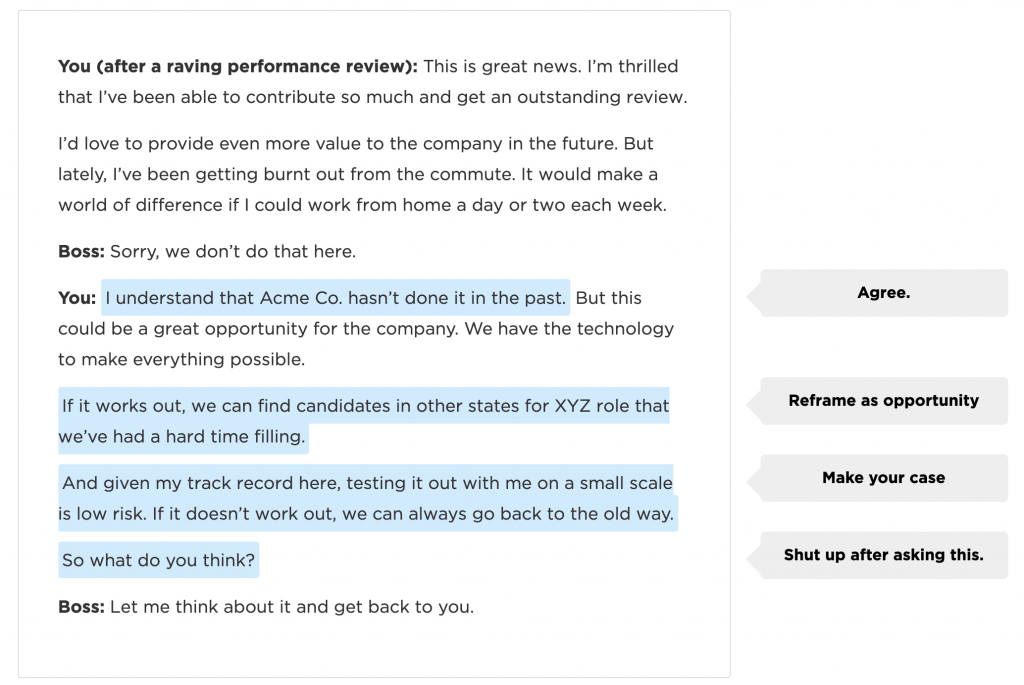
Later that day…
Boss: So I talked over your proposal with a few people, and we agree. It could be a good move for the company. You can start next week. Let me know what days you want to work from home.
Big Win!
The important thing to remember is that you’re proving the concept for now. Once your boss agrees to this small request, and it works out well, they’re more likely to agree to you working from home regularly.
If your company is set in their ways, and you’re set on working from home, don’t worry. There are tons of work-from-home jobs that you can apply for now.
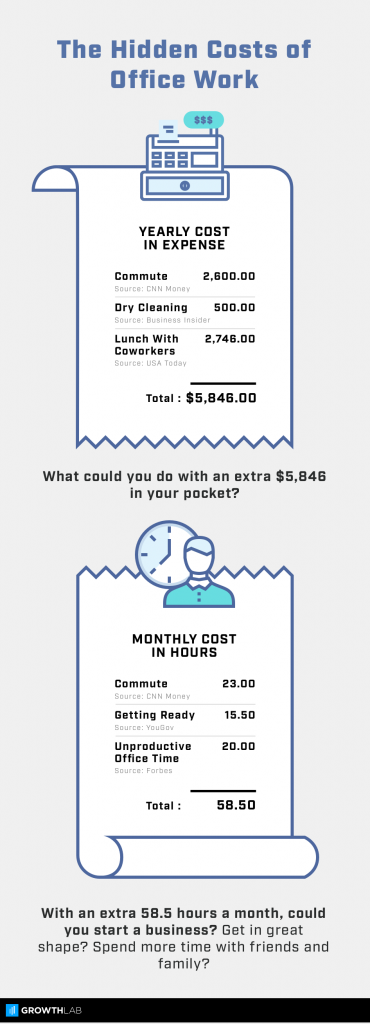
How to land a job working from home and ask for double the average salary
If you look at the average salary for many work from home jobs, you might think they are kind of low. But those are the AVERAGE income.
The truth is, if you’re a top performer, you can find the best jobs with awesome perks, and ask for MUCH more than you think possible.
Many of my students have done it.
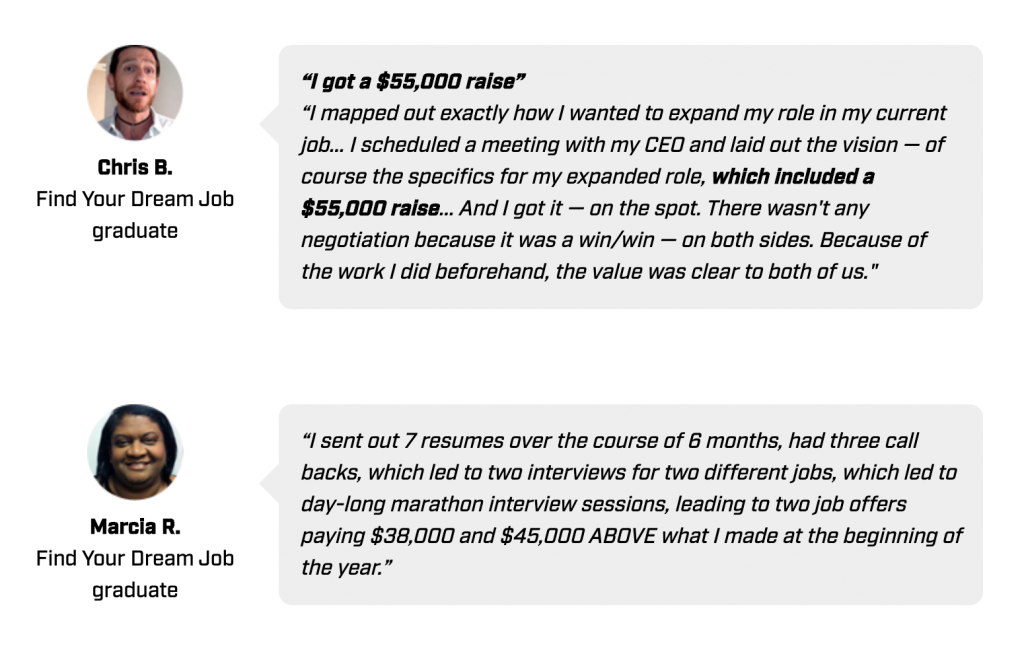
What do they know about getting their dream jobs that you’re in the dark about?
They know The Briefcase Technique, my proven strategy for getting a job you love at a great salary.
Case Study: How IWT works completely remotely with dozens of employees in 23 states and 6 countries
IWT started as a personal finance blog that I launched from my Stanford dorm room. Over the years, as I got more readers, I realized that living a Rich Life is about more than just money. So I expanded into careers, freelancing, social skills, and online business.
This would’ve been impossible without hiring a team to help me. Early on, I made the decision to get the very best people I could find. I didn’t want to be limited to geography. So every position I post is open to anyone in the world.
We always get a flood of applications for any job opening. The competition is fierce. But for the people who make it through the hiring process, the work is challenging. And the perks are worth it.
That’s the benefit of being a top performer. YOU get to call the shots and decide how you want to live as long as you keep producing results for the company.
As of writing this, we have dozens of employees in 23 states and 6 countries.
We have former professional athletes on the team. People who used to manage Fortune 500 companies. Marketers and copywriters who’ve worked behind the scenes on multimillion-dollar launches.
Even entrepreneurs who never have to work for anyone else again if they wanted have dropped everything they’re doing to join our team.
Had I rented office space in some New York City high rise, I would’ve never been able to attract this caliber of talent.
What IWT team members LOVE about their work from home careers
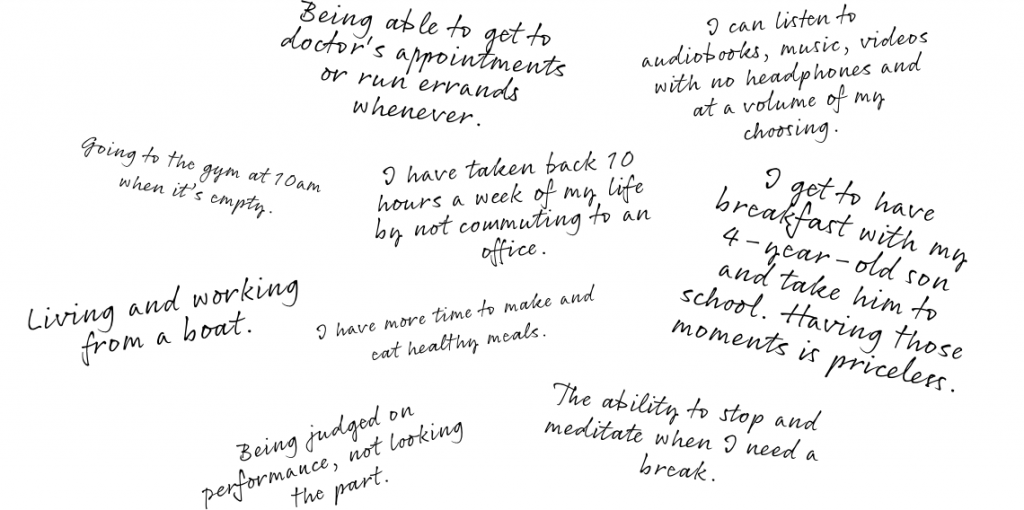
If you’re great at what you do, we might have a spot for you.
Working from home by starting an online business
So far, we’ve covered working remotely for an employer and freelancing online for clients. For some of you, that might be your Rich Life.
But there is another option:
Starting an online business that allows you to work from home (or anywhere in the world). That’s what I did. And now I work as much (or little) as I want.
I can spend a 6-week vacation every year traveling with my wife while my business runs on autopilot.
If you want true freedom with when, where and how much you work (and to be able to make a ton of money too), I believe there’s no better solution than starting your own business.
That’s why I put together a free PDF with 30 proven online business ideas you can copy. Just enter your email below.
Then, let me know what your biggest takeaway from this post was in the comments below.
Working From Home: The Essential Beginner’s Guide (with scripts) is a post from: I Will Teach You To Be Rich.
Via Finance http://www.rssmix.com/
No comments:
Post a Comment